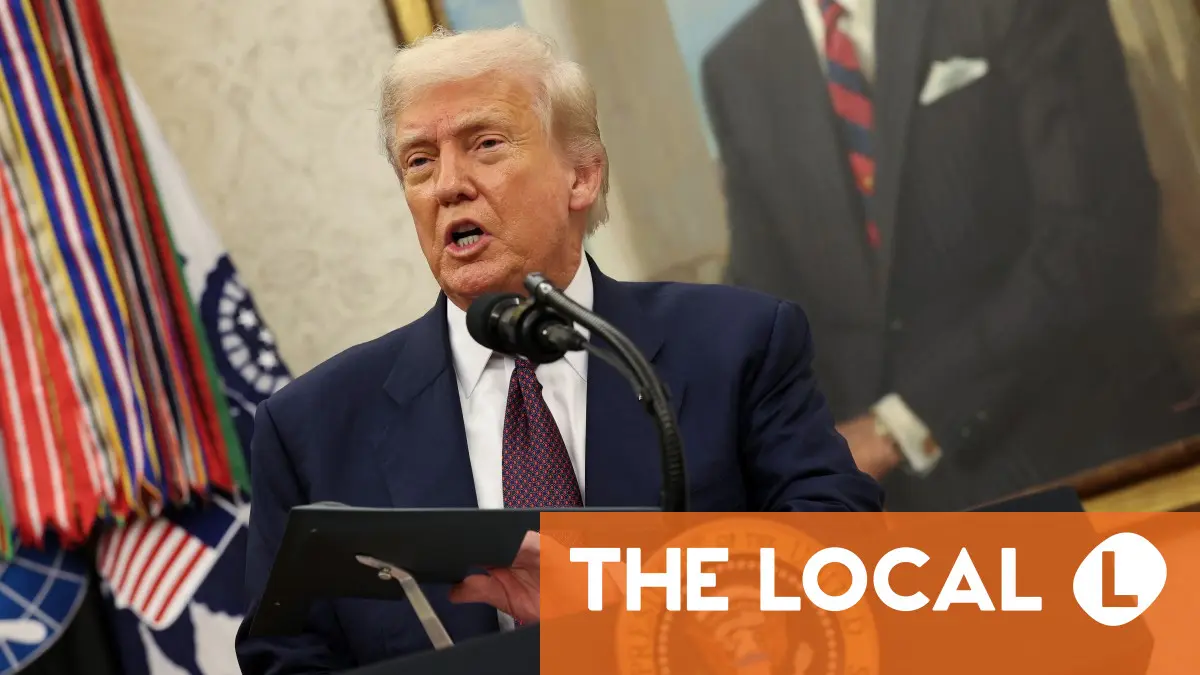A new wave of US tariffs introduced by US President Donald Trump officially took effect on Thursday, with Norway among targeted countries.
Norwegian goods are now subject to a general 15 percent tariff, on par with those levied on European Union (EU) nations, alongside an additional 50 percent surcharge on Norwegian steel and aluminium exports, under new US tariffs which took effect on Thursday.
The tariffs on Norway come as the United States began charging higher tariffs on goods from dozens of trading partners Thursday, in a major escalation of President Donald Trump’s drive to reshape global commerce in America’s favour.
As an executive order signed last week by Trump took effect, US import duties rose from 10 percent to levels between 15 percent and 41 percent for a list of trading partners, news agency AFP reported.
One year ago, tariffs on Norwegian goods stood at 1 percent.
Norway’s Trade Minister Cecilie Myrseth last week said that negotiations with the United States were still ongoing, ahead of the scheduled introduction on tariffs.
“Norway remains in dialogue with the US authorities with the aim of reaching an agreement between our two countries,” she said in a statement.
However, the planned 15 percent US tariff on Norwegian imports is now a reality.
READ ALSO: What are the US tariffs on Norway, and how could they affect you?
Advertisement
Other countries facing significant increases include Switzerland, previously seen as a close US partner, which has been hit with a 39 percent tariff.
Switzerland’s government, which failed to convince Trump not to impose the stinging tariff, was set to hold an extraordinary meeting on Thursday.
India is also being hit with a 50 percent tariff, while Syria faces a 41 percent tariff. Laos and Myanmar will each be subject to a 40 percent tariff, and Canada, a major US trading partner, will face 35 percent.
Many imports from economies including Japan and South Korea as well as the European Union now face a 15-percent tariff, even with deals struck with Washington to avert steeper threatened levies.
Georgetown University professor Marc Busch told news agency AFP he expects US businesses to pass along more of the tariff bill to consumers.
An earlier 90-day pause in higher “reciprocal” tariffs gave importers time to stock up, he said.
But although the wait-and-see strategy led businesses to absorb more of the tariff burden initially, inventories are depleting and it is unlikely they will do this indefinitely, he told AFP.
“With back-to-school shopping just weeks away, this will matter politically,” said Busch, an international trade policy expert.
